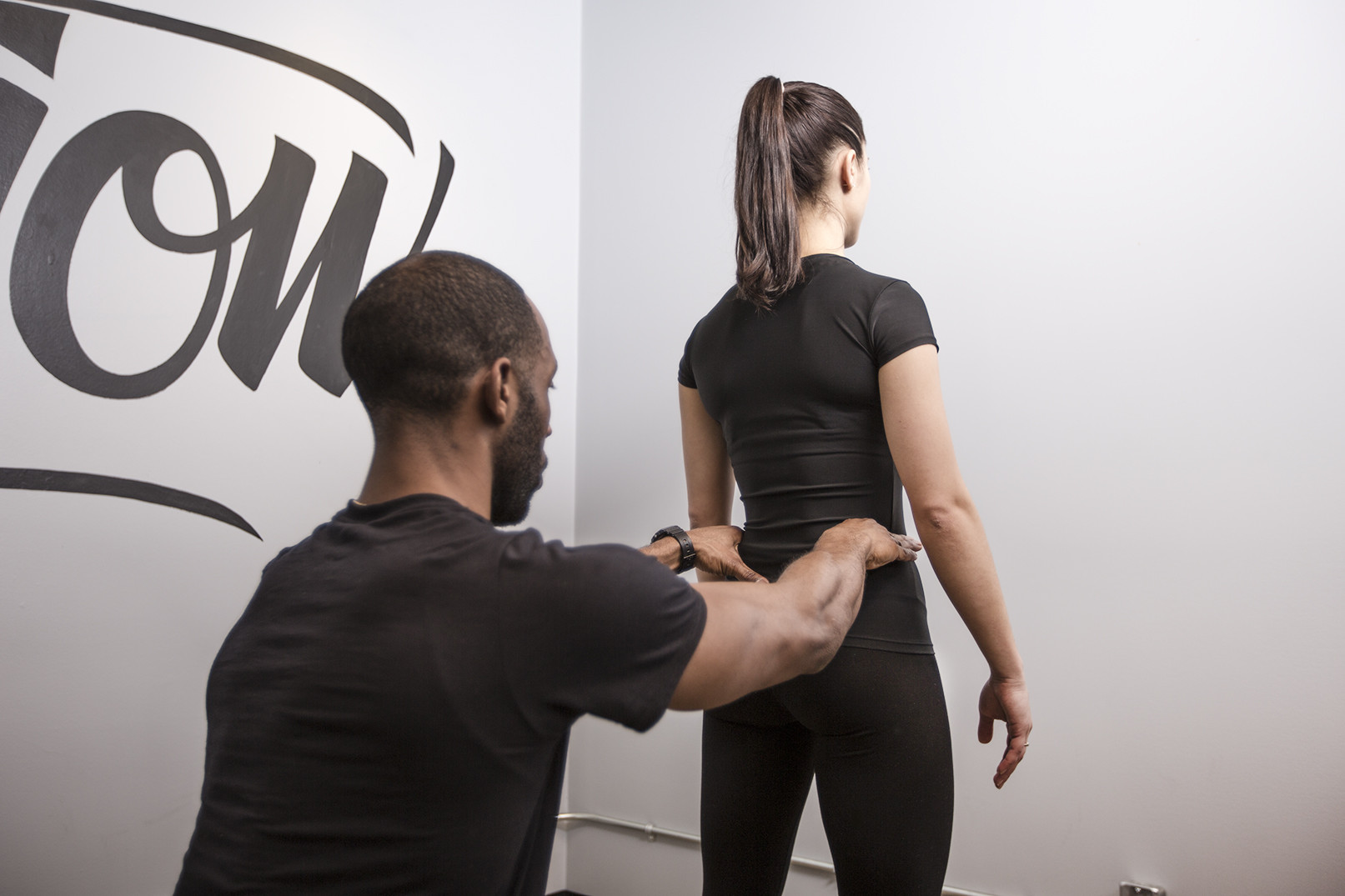Why Wait For The Pain?
The misconception is that pain is the only indicator of injury and that without pain, all systems are a go. While this fantasy world would be amazing to live in if our bodies worked like that, reality reveals otherwise.
Currently, we walk around in optimal function, knowing that the onset of pain means something is wrong. The problem with this notion is that it paints a picture of pain being black and white. However, the story of our bodies and the idea of pain lies on a continuum.

The graphic above depicts mostly everyone’s perception – we are either in pain or not in pain.
In actuality, it looks a lot more like this:

This more realistic trajectory showcases how we live on a continuum. Once we leave an area of no pain, there is a long distance of breakdown that our body endures before we ever experience degrees of discomfort.
If you tweaked your thinking about pain, there is a good chance you’d get favorable results.With any injury, such as an ankle sprain, you quickly move along the continuum from “no pain” “to “pain.” However, the majority of pain is usually described as, “The pain slowly came on, and things just got worse until I couldn’t deal with it anymore.” As therapists, we hear these stories daily.

If you tweaked your thinking about pain, there is a good chance you’d net favourable results.
Picture it like this. You’re driving your clean, detailed car around the block. You decide to go off-road because you believe your vehicle can withstand the elements. You stop to fill up your gas tank and notice some dirt starting to accumulate on the side of your car. Do you consider it dirty? Probably not because the majority of the car is still clean. You do what most of us would and get back on the dirt road, even though it’s now raining, and the dirt is quickly turning into mud. After your off-road adventure, you finally get home and realize your car is now in dire need of a power wash. You go inside, take a nap, and hope your car is magically sparkling by the time you need to use it again. Unfortunately, the layer of mud just got thicker and hardened. Now you’re thinking, “if only I had washed it when I first saw the dirt accumulate.”

UUltimately, it’s your choice where you decide to take charge of the situation on the continuum. But the reality is, the longer you let a mess fester, the more stubborn it is to clean. Your body is a work of art, but it also works by the same principles.
TThere are many ways to uncover whether your body is living day to day with no pain. There are many ways to identify if your shoulder is in perfect condition, or if it’s ready to take on any load, or if it’s on a dirt road, piled with mud. A shoulder in pain is a shoulder that has been off-roading, and you ignored the fact you should take it to the car wash.
So instead of chasing the pain, get ahead of it by including regular maintenance sessions as part of your routine.




